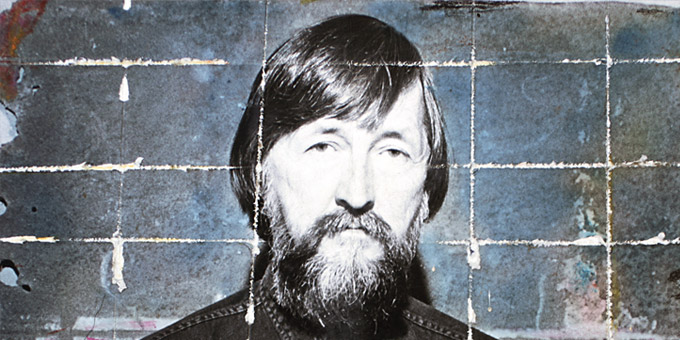Biography
SPANISH VERSION / DESCARGAR BIOGRAFÍA / EXPOSICIONES / PREMIOS / AVISO SOBRE DERECHOS DE AUTOR
Fernell Franco. Cali 1942 – 2006
POR MARÍA IOVINO

Fernell Franco is known as one of the greatest photographers in Latin America. Although discovered only rather recently, the mentioning of which he has been the object is quite remarkable. In each exhibition held, in different countries, the artist’s original perspective has been highlighted, as well as his notable command of the photographic technique, his ability to gather – through very poetic images- not only the spirit of Latin America but also the deep meaning of the dramatic relationship of our continent with memory.
As people begin to fully understand his work, Fernell Franco will most likely become a historical and relevant example of freedom and conscience: even though throughout his life and work the artist was exposed to violence and brutality, which many times were suffered at a personal level, he devoted himself to – and structured amidst the difficulties- a poetic, silent, pacific and wise proposal geared towards understanding what are the building blocks of a conflict such as ours, from its very roots.
Fernell Franco was one of the countless people forced to displacement by the rural violence of the 1950s. Still a child, he arrived with his family at the impoverished outskirts of Cali, in search for survival and resources. Trapped in the daily survival pressures, he could not enroll in formal education, soon began to work as a courier for different companies and was later a janitor in a social photography studio.
Upon reaching legal age, without previous experience in photographic cameras, Fernell Franco was hired by one of the city’s morning papers, as a photographic reporter. Performing his trade, he photographed the least known and most difficult spots of a violence and social injustice that he had already experienced at “skin level”.
Alone and pressed by circumstances, passionate for the expression allowed by photography, Franco learned to operate the camera and the photo lab, and he learned to define framings so as to alert on and to depict the drama, without offending or without distracting the reader in obviousness. The only visual training he could rely on was the movies he had seen at the popular city theaters to which he had daily free access since his early youth.
During this daily round of theaters in Cali, Franco came to know -as specialist- the main proposals advanced by the North American black movie movement, the Mexican popular and cultured movies, the highpoint of Cuban and Brazilian film making and the Italian Neorealism.
From such tools Fernell Franco decanted teachings that granted a very refined approach to his own vision, an approach soon to become renowned both by artists and advertising agencies. Both, Fernell Franco and the agency that hired him, were fortunate. The agency came to be the place of convergence for all those who wanted to describe or put into words the abrupt changes occurring in their environment: artists, writers, poets, movie lovers and rebels. In the midst of an abrupt modernization, the city emerged as an inescapable topic and this was the time when Colombian art plunged into the urban theme, eager to express the disconcert as well as the delirium which came hand in hand with artificiality.
Fernell Franco was the main reference, approached by different creators; among them we have his closest friend: Óscar Muñoz. Franco was the man who by first hand experience rather than by discourse knew the meaning of the labyrinth into which history had entered. Not only had he lost contact with nature and landscape because of the force of facts. Given his precarious economic situation, his following -from end to end- the path of many streets and his dwelling in delinquency and prostitution neighborhoods, he commensurately knew what the meaning of the word “city” was in a third world country. This is why Fernell Franco’s glance/vision are at the very core of the works that germinated in Cali, a city considered as the Colombian renovation and artistic center during the seventies decade.
María Iovino fragmento de conferencia
Museo de Arte Contemporáneo de Costa Rica, enero de 2006
SPANISH VERSION / DESCARGAR BIOGRAFÍA / EXPOSICIONES / PREMIOS / AVISO SOBRE DERECHOS DE AUTOR